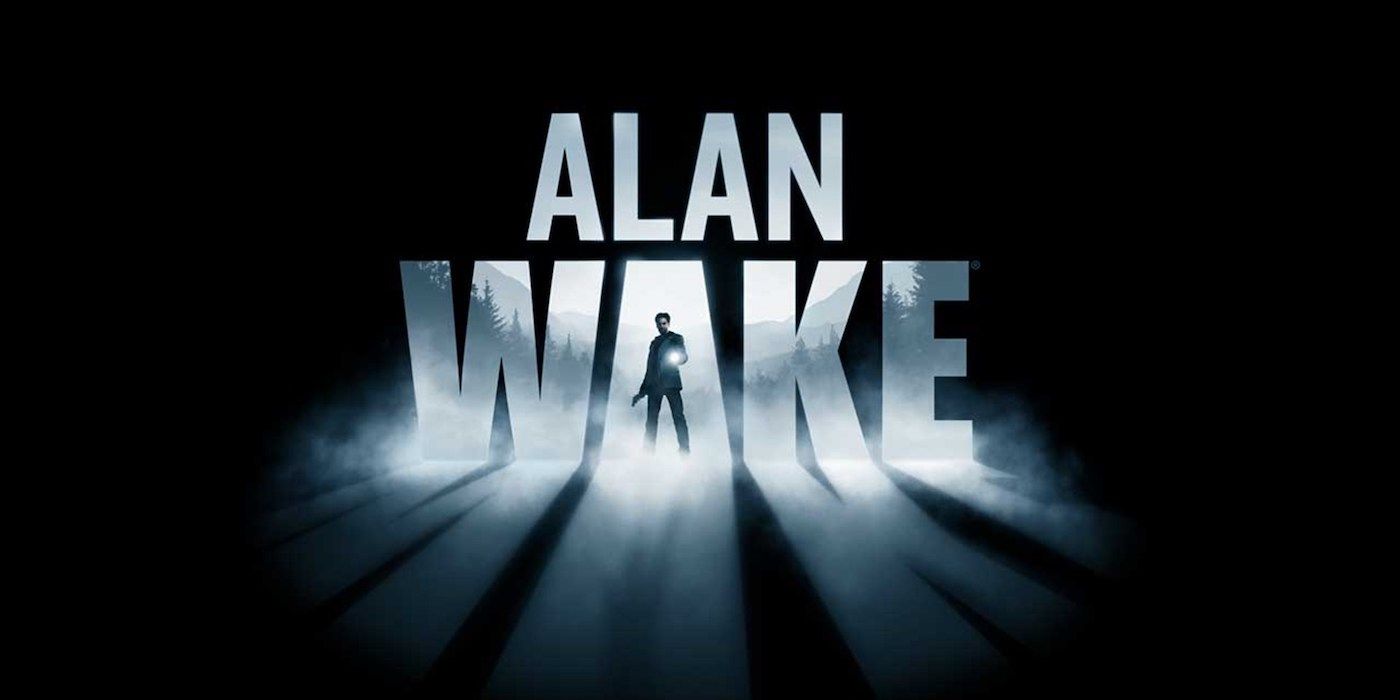In early stages of development, Alan Wake was intended to be an open-world game with many more supernatural aspects than were seen in the final release. The town of Bright Falls and its surrounding parks could have been host to an entirely different experience for players.
Released in 2010, Alan Wake is a story-driven, third-person action game from Remedy Games. The game takes place in the heavily David Lynch-inspired town of Bright Falls. Going as far as recreating the Double R Diner from Twin Peaks, Remedy wears its inspiration on its sleeve in this title. Players take on the role of the fictional and famous writer Alan Wake who travels to Bright Falls with his wife on vacation. After his wife is kidnapped, supernatural occurrences terrorize Alan along his path towards rescuing her. The game boasts a unique combat system in which players must shine bright lights at enemies to rid them of their dark powers before dealing damage. Linear levels are structured like episodes of a TV show each with their own “previously on Alan Wake” segments.
According to Sam Lake, Creative Director of Remedy Games, Alan Wake was meant to be an open-world game with a day and night cycle. The daytime would allow players to gather supplies and travel safely while nightfall would spell danger. Enemy spawns were originally intended to be stationary tentacle monsters releasing minions into the world. These strange entities would have to be destroyed in order to keep enemies from flooding sections of the map. It would be up to the player to gather enough supplies in the safety of daylight to survive the brutal conditions of the night.
The town of Bright Falls would have been abandoned by its usual inhabitants due to an active volcano of supernatural origin. There was even talk of a player-controlled tornado and a switch that would cause the world to shift immediately from night to day. After struggling to prototype the game and meet the expectations of its publishers, Remedy made the difficult decision to cut these large-scale features. Well-lit checkpoints replaced the day and night cycle, fog and shadows replaced the tentacle creature spawn points, and linear levels were carved from the vast map of Bright Falls. Despite these drastic measures, the game still holds a large fan base and was even re-released on Steam in 2012.
Alan Wake was significantly downsized from the supernatural open-world adventure it was meant to be. While it would have been nice to see more of Bright Falls, the linear nature of Alan Wake does not hinder its storytelling ability. Considering that Remedy set Control in the same universe as Alan Wake and even teased a return to Bright Falls in upcoming DLC, it is clear Alan Wake cultivated a significant following despite undergoing enormous changes in development. Today's market is heavily saturated with open-world games. Though Remedy might have been able to create a vibrant addition to the genre, the fact that Alan Wake is not open world could be a key part of its continued popularity 10 years on.
Source: YouTube

